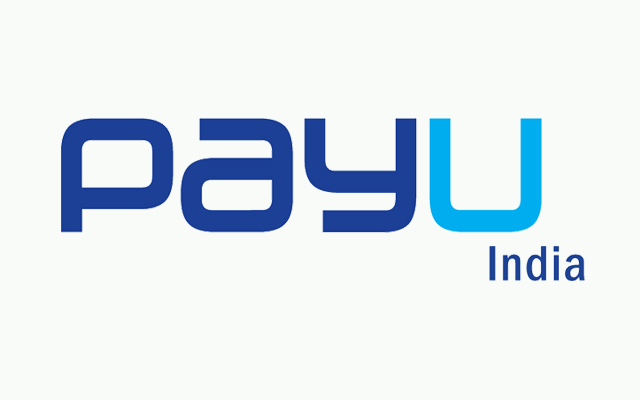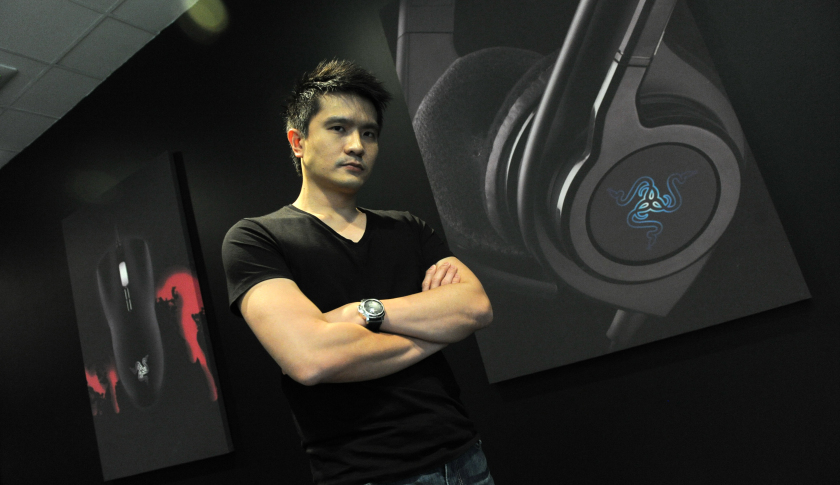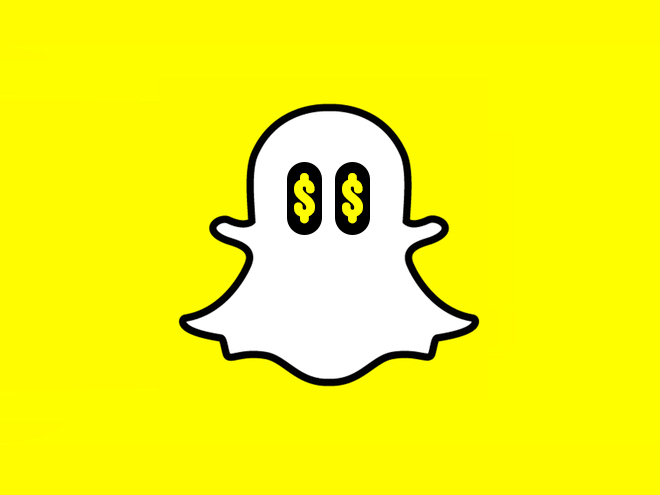Month: September 2016
PayU (Naspers) Announces Purchase of Citrus Pay
PayU, Naspers’ payment service provider, whose headquarters is in the Netherlands, announces the acquisition of Citrus Pay, the Indian payment gateway. Closing at $130 million (U.S.), it is one of the largest Merger and Acquisitions in the Indian internet arena and certainly in Indian financial tech history. To date, the largest M&A in India’s financial tech market was Snapdeal’s acquisition of Freecharge at $400 million in 2015.
PayU, in India, allows sites to present various payment opportunities – credit, debit, and internet banking – to its customers. In addition, the Reserve Bank of India had granted PayU a semi-closed wallet license, allowing users to link their wallets to their accounts and pay accepted sites. PayU also permits the use of multiple currencies.
Up until the acquisition, Citrus Pay was the competition, threatening PayU plan’s for the Indian market. With the merger, Citrus Pay’s CEO Amrish Rau, will become the head of PayU India, while Jitendra Gupta, co-founder will manage LazyPay, and Shailaz Nag, co-founder, will cultivate new bank alliances. Leaving the company is PayU co-founder, Nitin Gupta.
Sequoia Capital, Ascent Capital and Beenos Asia were investors in Citrus Pay’s raising of $32.5 million in three round of funding.
Razer Puts $30m Up For Grabs In IoT, Gaming and VR Developers With Launch of New zVentures
Razer is a company that has been making gaming peripherals and hardware for almost twenty years now. Razer recently caused considerable excitement by entering the software market, and this looks as if it could be the start of an exponential broadening of their horizons.
The company has now created zVentures, a venture capitalist funding group designed with the future of tech in mind. They are looking to fund ambitious new projects covering the Internet of Things, Gaming and Virtual Reality.
Out Of Many, One
The company already had a $5 million fund for an open source compatible VR headset and another to push the boundaries of Android gaming. These will now be part of zVentures, enabling a broader strategic overview on where all the money is going, and making smarter connections across the company’s networks and touchpoints.
Much More Than Money
What will be exciting for developers is that a successful bid will not only give them access to the funding they need to develop their idea, but also the infrastructure and expertise of the company, their hardware and software development capabilities and more, including retail distribution on a global scale.
A Model That Works
Razer aren’t the first company to do this. HTC have made big waves by getting into the VR game with the Vive, which looks like it may pay dividends. Intel Capital and Slack Fund are both branches of conventional IT businesses that aim to attract and develop potential business partners. Razer are not to be sniffed at however, with access to 20 million active product users.
Back End Funds
The company aren’t only looking for their next flashy tech innovation – they’re also looking at funding back end optimization tools including supply chain management, sales and marketing approaches, and more. They are aware they have to continually evolve their own business practice, not just their products, to stay ahead.
A Connected World
While VR and Gaming seem obvious, the choice to invest innovations around the Internet of Things is a fascinating and exciting development, and one that takes this new to the next level. Installing everyday devices with network connectivity and ‘smart’ functions that send and receive data will allow more customizable environments and interactions than ever before. The applications of this to VR and augmented reality are only just beginning to be explored, but Razer clearly want to get ahead of the curve.
A Start Up With Titan Backing
If asked to name the one titan of the computing hardware industry, you’d probably say Intel. Well good news! Intel is on board, and even raised a round of investment for Razer which included Accel, IDG, LianLuo and more. With international investment in Razer, and many of the same investors chipping into the zVentures pot, the reach of any product successfully funded by the project increases exponentially.
Companies that join Razer will therefore be able to pick up best practices from a company that itself used to be a start-up.
Sourcery Will Make The Magic Happen With 5 Million For Restaurant-Vendor Interfacing
The awesomely named (and likely Pratchett-inspired) start-up Sourcery Technologies Inc. is looking to change the way restaurants handle their relationship with vendors, and vice versa, by creating a portal interface solution for both sides.
They have just secured $5 million in venture funding from their original backers Marker LLC, together with Steadfast Venture Capital, Palantir and more. So what’s the big deal?
Software As A Service
Software as a service is becoming more ubiquitous all the time, and that’s because it helps businesses do what produces results while cutting time from administration. Sourcery will do just that for restaurants.
The opportunity was identified when it became clear that restaurants are way behind the times on Accounts Payable. Most still order by phone, pay by check, and most vendors send paper invoices. This mess of un-trackable communication and losable paper becomes very complicated very quickly.
Paperless
Sourcery takes everything paperless, using a digital interface designed for both restaurants and their vendors. This allows people to use scanners to digitize existing invoices and receipts, with software that extracts and organises the relevant information into the appropriate places. They can then generate future paperwork digitally, saving a lot headaches, and the environment.
Automation
This information will then be used to give restaurant owners an accurate, up to the minute take on not only their AP, but how that is affecting the rest of their business. In a restaurant, food costs have to be around a third of total costs – Sourcery will track this and alert restaurant owners to the real proportions in real time. There are a host of obvious applications to accounting and taxation, too.
Business Focus
Most of the innovation in the restaurant industry has been focused on customer experience, but this is one of the few to look at optimizing processes behind the scenes to make the business owner’s life easier.
Vendors
The company wants to use this five million to create the same service for vendors as they have for restaurants. This will enable vendors to issue invoices, track them and bill customers all through the app. The idea is to be fully scalable, so quant little farm shops find it as easy to use as large scale manufacturers.
Wide Horizons
The company isn’t going to stop there. In the short term, they’re going to introduce data insights and enterprise features for restaurants. Medium term, they’re looking at widening out the application of the software to include appliances and even utility spend, to create a whole-restaurant performance tracking solution.
There’s also word of expansion beyond restaurants into other retail applications, which means the software has the potential to blow up big time in the next few years.
App Annie’s latest prediction: Worldwide App Downloads Reach 280 billion by the year 2020
The day is nearly upon you – a tweet orders your favorite pizza, your Apple Watch places your Buy Stock transaction, you automatically add the song playing in your favorite restaurant to your Spotify playlist. That’s right – as your favorite brands adopt the latest mobile app technology to further engage you – App Downloads in the next four years will likely top 280 billion according to the latest prediction by App Annie.
At the end of 2015, worldwide app downloads topped the 112 billion mark, 50 percent of which are attributed to Asian markets, according to App Annie’s latest statistics. App Annie’s forecasts for 2016 include a rise to near 150 billion, with more than half from Asian markets. The final prediction for the year 2020, indicates downloads near 288 billion – Asia’s share estimated at 60 percent of that total.
Of course, App Annie offers this sound advice; downloads are just the beginning of monetization, usage follows with customer engagement and retention.
App Annie, founded in Beijing, knows the reality of exploding app market and features a global team spanning a multitude of countries and cultures delivering solutions to today’s greatest data challenges.
As the app market expands, App Annie notes that in only two years, the app marketplace has grown over 100 percent. People, all over the world, from the U.S. to Indonesia, and everywhere in between, spend 51 minutes of every hour on their mobile devices in apps and that number is quickly rising.
Games apps are no longer the biggest player in the app world as communication apps growth is at 100 percent, social apps at 120 percent growth, and video/media apps are growing at a whopping 200 percent.
The exponential growth does not stop there, global businesses are utilizing apps for marketing and sales of new products and services, and expanding into ticket sales, support services, and media streaming. Banking is poised for exceptional growth as sessions in the top banking apps as banks realize, not only is the service popular among the under 25 crowd, but older users are attracted to the convenience as well. For banks this means huge cost savings with fewer outlets and employees, allowing them to compete more effectively with mobile only financial tech start-ups.
Alongside banking, retail establishments and restaurants, are also poised for incredible growth in the years ahead.
While today, WhatsApp, Messenger, and Facebook rank among the highest used apps worldwide, Snapchat, Uber, Google Maps, and a vast array of retail and commercial apps are leading the way for the app revolution to come – 280 billion downloads strong.
Snapchat Advertising Revenues Poised to Reach $1 Billion by 2017
Enormous growth is forecasted by the industry including a prediction that Snapchat advertising revenues will reach $1 Billion by 2017 increasing from this year’s estimate of $366 million. Snapchat has proved successful in it capability to reach millennials with a broad advertising portfolio and subsequently targeted ads.
The 2016 estimates are above Snapchat’s own goals which were near $350 million, a goal that was up seven percent from the previous year. The incredible $1 billion prediction from industry leaders is in line with Snapchat’s own predicted revenues of as much as $1 billion.
As Snapchat continues the growth of its advertising business with the addition of Snapchat partners, which allows advertising to be sold by third parties, permits a wider base of video advertising and sponsored spots. Generating 43 percent of Snapchat’s ad revenues in the United States is Snapchat’s Discover feature, though its Stories feature is following with a close second at nearly 38 percent. Currently the U.S. market accounts for 95 percent of its advertising revenues, though estimates indicate 25 percent of advertising revenues will be global by 2018.
Snapchat is poised for even greater growth, because it is expert at reaching a younger demographic including young millennials and Gen Z, which attracts many businesses. The challenge faced by Snapchat is convincing these businesses that their return on investment is greater than its competitors.





